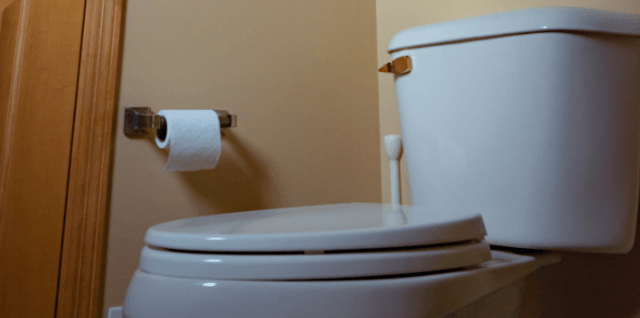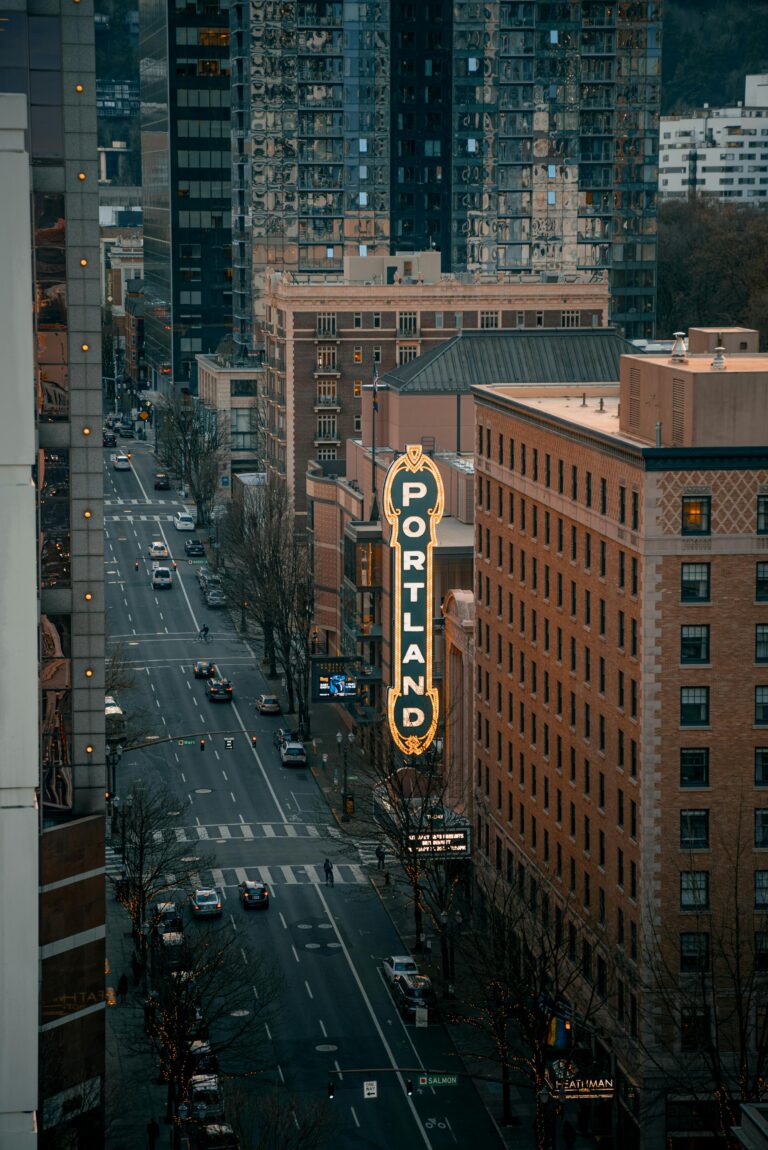A backed-up sewer line is an emergency that needs to be repaired right away. Sewer system failures bring on the possibility of property damage and exposure to dangerous pollutants, in addition to the utter inconvenience of it all. To reduce these risks and provide safety and stability to your home during these sewer system incidents, you need immediate professional assistance.
How do you know you have a sewer line backed up?
Being aware of the early warning signs of sewer backup can help you avoid a full-blown emergency in your house. The following are warning signs that you may be experiencing this problem:
- Water backflow – When water escapes from your plumbing fixtures or drains, it’s one of the most obvious symptoms of sewage backup. When you flush the toilet and see water gushing up the drain or sink, this is a warning sign that something is wrong with your sewer lines.
- Toilets not flushing correctly – A sewer line problem may cause your toilets to flush improperly, or you may hear an odd gurgling sound when you flush. When the toilet’s water level varies or overflows without a known reason, it clearly indicates sewer backup.
- Slow drainage – Slow-moving shower drains, bathtubs, floor drains, or sinks are frequently the initial indications of a main sewer line issue. While solitary slow drains and excess water may be indicative of localized obstructions, slow drainage across your house is probably a sign of a larger problem in the main sewer lines.
- Unpleasant odors – A sewer line problem is highly likely to be the cause of a persistent, bad sewage smell coming from multiple drains or surrounding your property. This smell should never be disregarded.
- Unusual sounds – Keep an ear out for any unusual sounds, such as bubbling or gurgling noises, that may be coming from your sewer drain and plumbing system. These noises, which are frequently indicative of a clog in the sewer pipes, can be produced by air becoming trapped and subsequently released in your drain pipes.
- Unusually lush spot on your lawn – Leaking water can be a positive experience for the grass on your property. If you notice a part is strangely green and lush, it may be caused by a fractured pipe, which is often accompanied by a backup.
- Standing water – If you notice standing water on your property, it can be a sign of sewer line damage, which is a common cause of backups.
- Overflowing basement drain – If your basement drain overflows, especially after heavy rain, it may mean your sewer main or the city sewer has been clogged in some way. To prevent basement flooding, you need to contact a professional as soon as possible.
What Happens When a Sewer Line Backs Up?
One of the worst consequences of a sewer line backup is the accumulation of paper towels, human waste, and wastewater in the house. This can show up in a number of ways, but the return of waste material is the most obvious effect of a sewage line failure. It can happen in sinks, shower drains, or toilets, posing a major health risk in addition to being an ugly sight.
Sewer backups can cause serious water damage to your house. If not taken care of right once, they might damage the walls, floors, and even the foundations. The longer you wait to call a restoration company, the greater the damage and the cost of repairs.
At the same time, living in a residence affected by a sewer backup is uncomfortable due to the strong, unpleasant smell that often permeates the entire house.
Health Hazards
As a haven for bacteria and viruses, sewer backup is a serious health hazard. Exposure to wastewater can lead to a range of ailments. From more serious gastrointestinal disorders and diseases to infections of the skin and eyes, these microorganisms can cause a wide range of health problems. The dangers are particularly high in households with small children, elderly occupants, or individuals with compromised immune systems.
Respiratory issues can occur from extended exposure to sewer backup, especially in moist areas where mold and mildew develop. Mold growth, which spreads quickly in the affected area, can aggravate respiratory diseases such as asthma and allergies.
Common Causes of a Sewer Backup
Many times, a sewer backup is the consequence of multiple underlying issues with sewer lines. The accumulation of debris such as grease, hair, and other items in the pipes, the aging of the sewer line, damage to the pipes from building sites or tree roots, and excessive rain all contribute to clogged pipes.
Each of these elements contributes significantly to the disturbance of the main sewer line operation, which results in an unpleasant and dangerous scenario. Sewer backups can be prevented and effectively resolved by being aware of these typical reasons.
Clogged Pipes
Clogged pipes are one of the most common causes of sewer backup. Unsuitable materials like cooking oil, sanitary napkins, wet wipes (even baby wipes marked as flushable), and too much toilet paper build up in the pipes are the usual causes of these jams.
These materials may accumulate over time, constricting the sewer lines and stopping the wastewater’s flow. When sewage water can no longer travel through and is driven back into the house, it finally causes a backup. You can decrease the chance of obstructions in the main sewer line with routine upkeep and careful disposal of trash.
Old Sewer Lines
Sewer lines are more prone to malfunctions that could cause backups as they get older. Older pipes are more likely to shatter and degrade over time because they are frequently made of clay or cast iron, rather unlike modern plastic piping. Waste flow obstructions can result from these deteriorations, which can lead to sewage line collapses or clogs.
Furthermore, the demands of modern water usage or heavy rainfall may be too much for older pipelines to handle, which could result in regular backups. Prompt replacement or repair of aging underground pipes and regularly scheduling a sewer line inspection can help you avoid problems like this.
Damaged Pipes
Tree root infiltration (in which tree roots grow into clay pipes), shifting soil, and other physical disturbances from construction or ground movement are frequent sources of damage.
Freeze-thaw cycles can also cause pipes to crack in colder climates. Sewage flows normally when pipes are damaged, which frequently leads to backups. Maintaining a working sewer system requires quickly detecting and fixing any problems as well as preventing further damage and future issues.
Heavy Rain
Sewer systems can be overloaded by heavy rains, particularly in places where sewage and rainwater share pipelines. The municipal sewer system may not be able to handle the volume of water during heavy downpours, which might cause a rush back into houses and streets.
Although it can occur anywhere with insufficient drainage systems, this problem is especially common in old city centers. Reducing the chance of sewer backups from heavy rains requires modernizing the municipal sewer infrastructure and implementing appropriate stormwater management procedures.
What to Do When Your Sewer Pipes Back Up
Although dealing with a sewage backup might be frightening, the hazards and damage it causes can be significantly reduced by acting quickly. The following are detailed instructions on what to do in the event of a sewage backup:
Put Safety Gear On
While sewer backup should be handled by professionals, if you do go into the area, make sure to wear proper PPE, including durable rubber boots, rubber gloves, and safety eyewear.
In addition to these fundamental safety items, think about dressing in old clothes or a disposable coverall that you don’t mind throwing away afterward. A face mask or respirator may also be required to prevent breathing in hazardous fumes or airborne germs if there is a substantial sewage spill.
Identify the Cause
If possible, try to find out what caused the sewer backup. This could be as straightforward as a blockage in the pipes in your house or as complicated as an issue with the main sewer system.
Multiple backed-up fixtures suggest that the problem may not be with one pipe but rather with the main sewer system. Check accessible sewer pipes for obvious evidence of damage or obstruction.
Additionally, inspect any sewer cleanout lines you may have — small, round, white pipes with screw in caps that are usually found in your basement or yard. Water may run out of the sewer pipes when the cap is removed, suggesting a blockage in the main sewer line. This might reduce pressure.
Shut Water Off
Turn off your home’s main water supply to stop additional flooding. The primary water shut-off valve is typically found close to your water meter, usually in your garage, basement, or outside of your house. This reduces the strain on your plumbing system, which can be crucial in keeping pipes from bursting under pressure.
Try to Plunge out the Clog
Use a plunger to try to remove any suspected localized clogs, such as those in sinks, floor drains, or toilets. Be careful if you have used liquid drain cleaners for sewer backup. Combining chemical solutions with plunging may result in dangerous chemical reactions or splashes. Wearing gloves and safety glasses is advised to shield yourself from unintentional splashes.
Dispose of the Waste
It’s important to remove and properly dispose of any sewage waste that may be present in your home, especially if it comes from the septic tank. You can mop up little amounts and flush them down a functional toilet if it is a minor sewer backup or the floor drains overflow. It’s better to wait for expert assistance for larger wastewater or standing water volumes.
Sewage cleanup experts use specialized equipment to pump out the sewage while adhering to all applicable health and safety protocols.
Call a Professional Water Damage Restoration Service
Contact a qualified water damage restoration service after completing these first steps. They can handle any sewer backup safely and effectively, clean the impacted areas, and return your home to a safe and livable state since they have the necessary knowledge, tools, and safety equipment.
Never be reluctant to ask for timely and trustworthy assistance in handling and resolving a home plumbing issue. At PacWest Restoration, we are available 24/7 at 503-746-6545 or through our online contact form.



